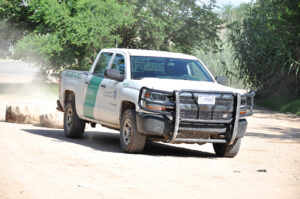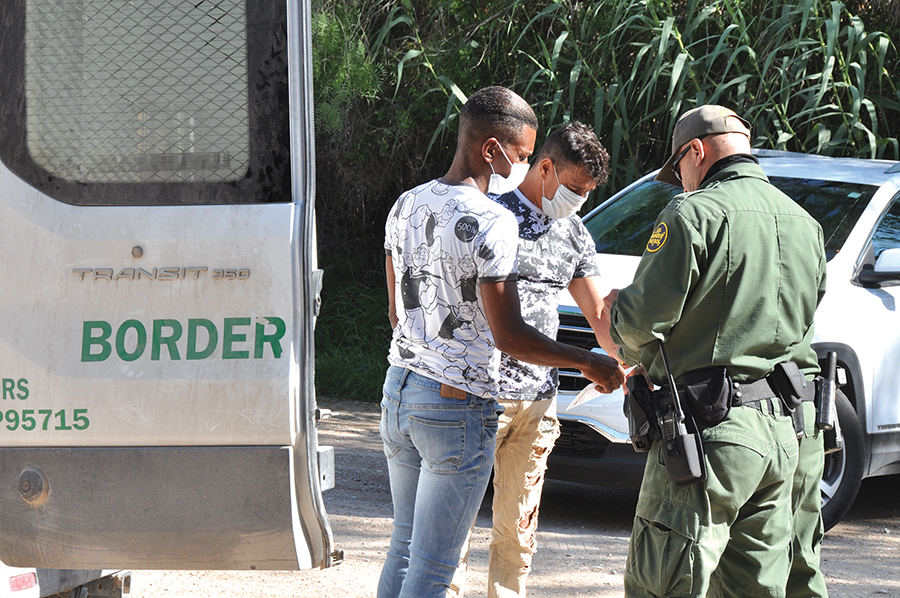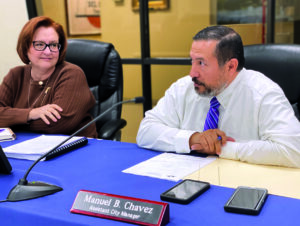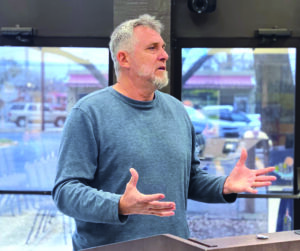By Karen Gleason
Part Three of a Multi-Part Series
Del Rio Sector Border Patrol Chief Austin L. Skero says completion of portions of the border wall in southern Val Verde County would assist his agents in their enforcement efforts.
Skero told the 830 Times in an interview Monday that so far this year, citizens from 70 countries across the world have been detained by agents in the 47-county Del Rio Sector. The sector includes stations in San Angelo, Del Rio, Brackettville, Comstock, Abilene, Eagle Pass and Eagle Pass South, Rocksprings, Carrizo Springs and Uvalde.

“Predominantly, we’re seeing Venezuelans and Cubans right now. We’re seeing a huge influx of Venezuelans and Cubans. So far, a little over 7,000 Venezuelans this (fiscal) year, and a little over 4,000 Cubans this year,” Skero said.
“We still see a lot of folks from Northern Triangle countries: Guatemalans, Hondurans, El Salvadorans. We see some Mexicans, but the majority of the folks we’re seeing right now, in these big groups, are Venezuelans and Cubans,” he added.
But the list of immigrants’ countries of origin is a patchwork quilt of the world.
“So far this fiscal year (since Oct. 1, 2020), we’ve seen people from 70 different countries right here in the Del Rio Sector, and some of those countries are considered special interest,” Skero said.
Border Patrol agents also keep their eyes peeled for immigrants from countries with known ties to terrorists and terrorist organizations.
“Anyone from one of the special interest countries is questioned by ICE (Immigration and Customs Enforcement), Homeland Security Investigations (HSI) and potentially even the FBI,” Skero said.
The Del Rio Sector chief said enforcement is enhanced by the sections of the border wall constructed and being reconstructed in southern Val Verde County on both sides of the Del Rio Port of Entry.
“We have not seen any new activity in restarting construction on the border wall. Construction did stop, and so since then, we have seen no activity with the border wall, nor have we been given any indication that activity will begin again,” Skero said.
Skero said the wall plays an important role in the Border Patrol’s enforcement efforts.
“The border wall system helps us because we have enforcement zones built, so that gives us lateral access across the border, and that means instead of going down and working a mile stretch of river and then coming all the way back out and going down and going into another gate and working, when we build that enforcement zone, it comes with a lateral access patrol road so that gives our agents the ability to patrol up and down the river,” he said.
“The wall itself slows traffic down so that it’s easier for us to get to it and then what comes with that enforcement zone, we kind of affectionately call it ‘the backbone,’ or the nervous system; it’s a line of fiber optics that goes along, that helps us add technology along that whole system,” Skero added.
The wall, the roads, the technology creates a multi-layered enforcement effort.
“And it helps us tremendously,” he said.
Next: A deceptively dangerous river





